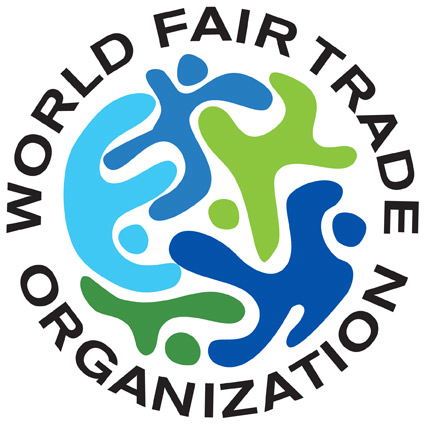Our artisan partners practice a variety of different techniques in the creation of Maya Traditions’ high-quality handmade products. It is through the combination of traditional practice with modern designs, that makes Maya Traditions’ products so unique. Here we have outlined each cooperative’s different skill-set:
Cooperative Flor Juanera of San Juan: Natural Dye, Ikat
With this technique, the artisans use locally found plants and insects to create vibrant colors of thread to be used in textiles. They use banana tree trunk to activate the dyes and help stabilize the rich color.
Ikat is a technique which uses a series of dye resistant knots to create designs. The artisans tie knots according to their pre-determined design to create different shapes and symbols including diamonds, women, baskets, corn and trees. Once the tying is complete the thread is dyed, usually with a natural dye, and then hung to dry. Once the thread has dried and the knots are untied- the thread is placed on the backstrap loom to create unique textiles!
 Cooperative Flor Clarense of Santa Clara: Crochet
Cooperative Flor Clarense of Santa Clara: Crochet
The artisans of Santa Clara specialize in crocheted products. Whether that is pouches, bracelets or scarves. Crochet is a technique that uses one hook and uses repetitive knots to create a secure fabric.
 Cooperative Los Pinos of Patanatic: Basket Weaving
Cooperative Los Pinos of Patanatic: Basket Weaving
First, the cooperative searches the hills around their village for the ideal pine needles—long and unbroken. The women often plan ahead, collecting pine needles during Guatemala’s dry season in order to make baskets year-round. The artisans start the weaving process with a group of 5-10 pine needles to create a strong base. They wrap a natural fiber tightly around the pine needles which connects them. They continue to wrap the group of pine needles in a circle or oval, using the natural fibers to create the shape and also to add to the aesthetic of the product.
Cooperative Waqxaqi’ Kan of Chuacruz: Randas
Randa is a unique way to join two pieces of fabric together. The backstrap loom restricts the width of the piece, so in order to create larger handwoven pieces, randas are used. The cooperative in Chuacruz does all their randas by hand.
Brocade Technique: Four of our cooperative partners utilize the technique of brocade. Brocade weaving allows artisans to create elaborate embroidery-like designs into the weavings. Backstrap weaving is an ideal technique for busy indigenous artisans. The equipment needed is light and extremely portable and the apparatus can be set up almost anywhere. This is essential because most artisans are balancing many duties including raising children, maintaining the home, and earning a living through weaving.
Department of Quiche:
Our artisan partners in the cooperatives Chuwila of Quiejel and Utz Batz of Chichi which are both located in the department of ChicChi are known for their brocade designs. These cooperatives use an extra stick in their weaving process to provide extra control in the brocade process.
Municipality of Najualá:
Our artisan partners in the cooperatives Qato Q’ib of Chirijox and Artesana Nawal Ja’ of Nahualá are both located in the department of Nahualá. These artisans rely heavily on counting individual threads for a precise design.

Member of the
World Fair Trade Organization